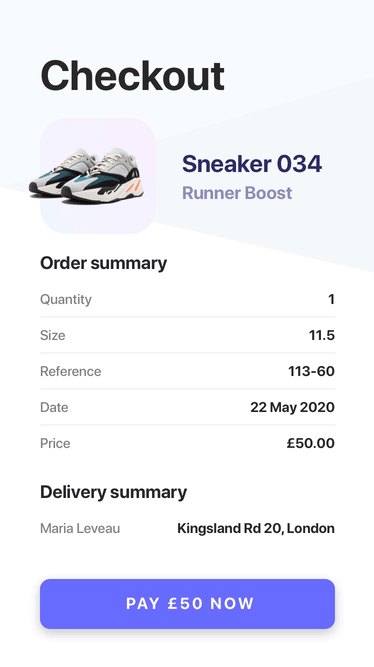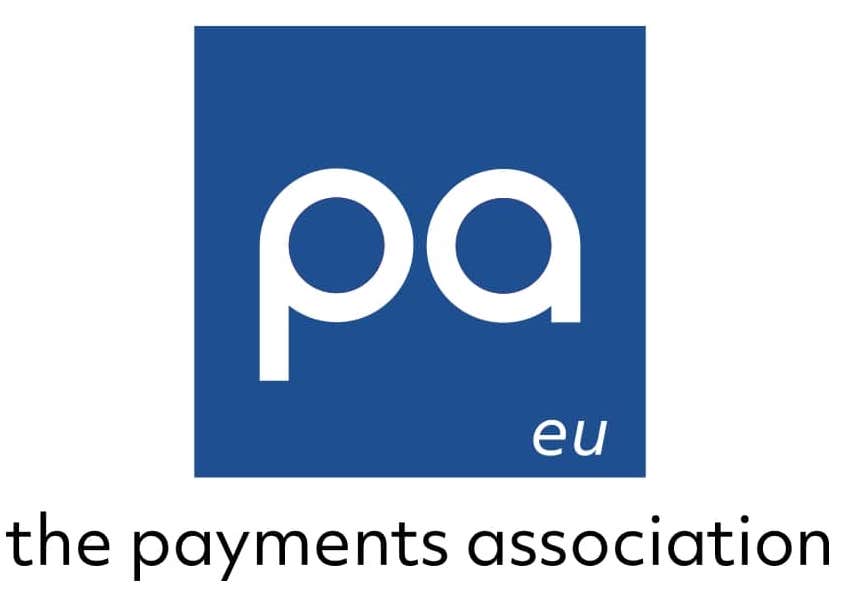What is payment initiation, and what is it good for?
To be a little bit more specific, payment initiation can only happen when the customer gives a third-party provider (TPP) consent to connect to their bank account and initiate a payment on their behalf. So instead of having to open their banking app, or use some other online payment interface, customers can make transfers or payment orders directly through the service they’re using.
This makes for a convenient payment option that brings advantages to consumers and businesses alike.
What do people get out of payment initiation?
Simply put, the big benefit of payment initiation is that it provides a hassle-free experience. There’s no need to scramble to reach credit cards and type in numbers. No need to open their banking app to transfer money between accounts, or fill in recipient accounts, amounts and other details to make a payment.
All they need to do is authenticate with their bank, select the account they want to pay from and confirm. And they can do it directly from the environment they’re in.

What do businesses get out of payment initiation?
Businesses also have a lot to gain by providing a quick and easy payment experience for their users – seamless transaction journeys lead to better conversion rates, meaning more sales. And by providing an integrated payment flow, engagement also goes up since users never need to leave the service.
And then there’s the matter of cost. What’s perhaps the key benefit for businesses, payment initiation provides a safe payment option at the fraction of the cost of traditional options like invoicing and card payments.
Payment initiation as a product
Payment initiation is part of the product offering available today with Tink. If you’d like to learn more about it, visit our page:
Payment initiation also powers a number of different use cases. Learn more about two of them here:


